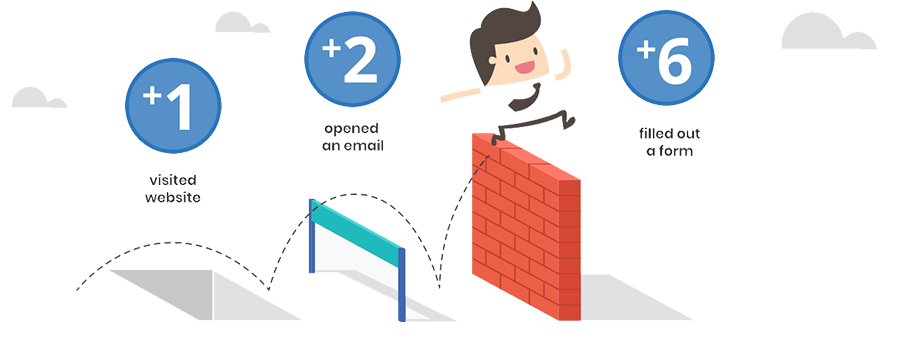Configuring Scores
for Automated Personalization.
In Statistical Analysis, Behavior Scoring (Propensity Scoring) is a technique that is useful in predicting or estimating an outcome. This is done by applying scores to co-variates (independent variable) which may be of direct interest or it may be an interacting variable.
In the context of Plumb5, this model is applied to enable real-time engagement automation by using scores set by marketers to estimate/predict customer behavior. These predictions can, in turn, trigger personalized engagements. The marketer can also predict behavior at different stages of the customer lifecycle. Here, the term ‘behavior’ applies to all user parameters spanning interactions, responses, sentiments and transactions.
